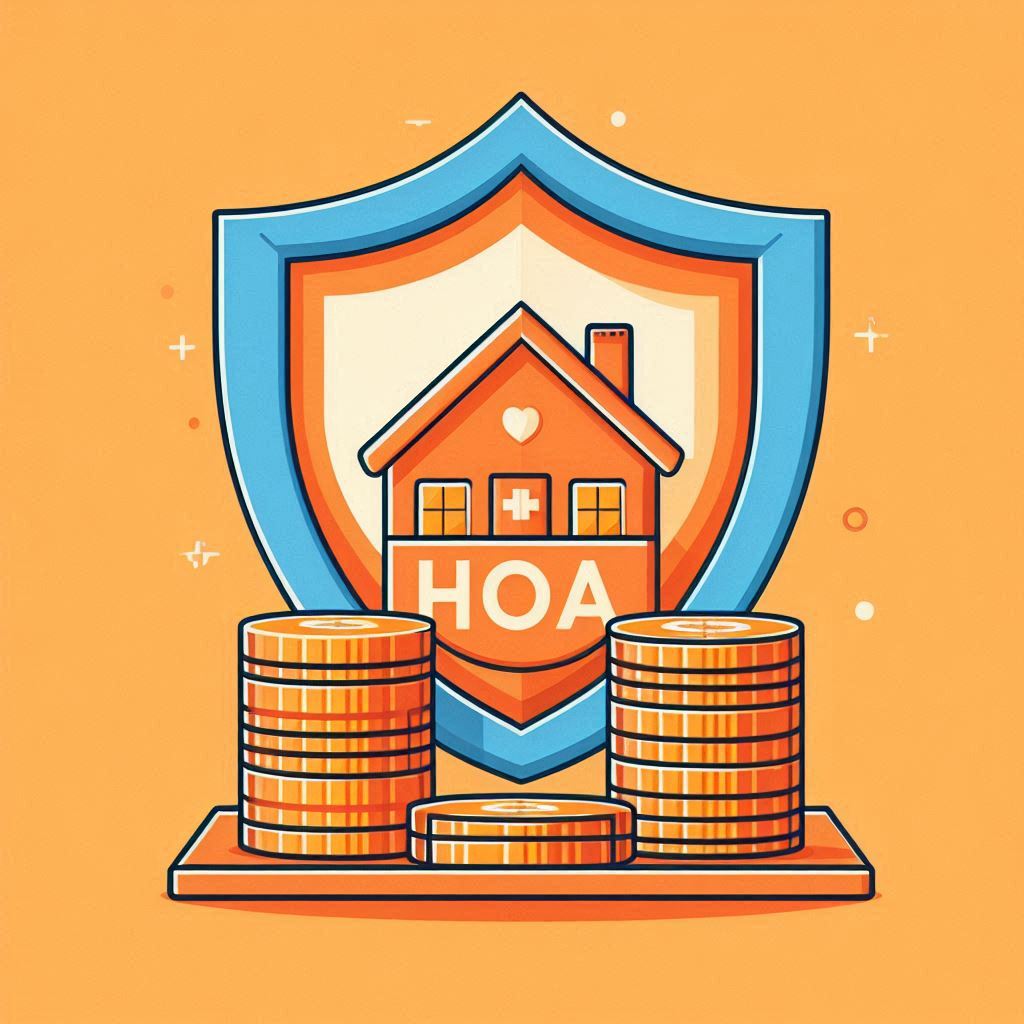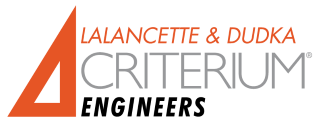 The Importance of Reserve Funds
The Importance of Reserve Funds
In this issue, you’ve read about various building and industry issues that impact association insurance and their effect on protecting an HOA in the event of a claim. When talking about protecting HOAs, the importance of adequate funding for reserves should not be overlooked.
I’m often asked, “What is the minimum amount that we should have in reserves at all times or at least at the end of the fiscal year?” The answer depends on various factors, but understanding different reserve funding strategies can help determine the best approach for your HOA.
Funding Strategies
There are three primary reserve funding strategies that are the most common:
1. Percent Funding
This method measures the current reserve fund balance as a percentage of the total amount needed for full funding. Full funding means having enough money set aside to cover 100% of all projected repair and replacement costs for the HOA’s common assets over time.
- 100% funded: Fully covers all projected needs.
- 70% funded: Considered “strong” in the HOA industry.
- Below 30% funded: High risk of cash shortfalls or special assessments.
While this method is a useful financial health metric, it does not prescribe specific contribution calculations but evaluates whether reserves are adequately funded.
2. Threshold Reserve Funding
This approach involves setting a specific minimum reserve balance (threshold) that the HOA aims to maintain at all times. The threshold is based on anticipated expenses, risk tolerance, or other considerations.
- Contributions ensure the fund never falls below the threshold.
- A general rule is to calculate the average capital per year before inflation (total forecasted reserve costs before inflation divided by the plan period, typically 15-30 years).
- The threshold should increase with inflation each year.
- Two-times the average capital is considered “strong.”
- One-times average capital is typically fine for newer and smaller HOAs.
- Half-times threshold has a high risk of cash shortfalls or special assessments.
3. Cash Flow Funding
This method plans for reserve contributions and expenditures to ensure there is enough cash on hand to meet financial needs year by year, without maintaining a specific minimum balance.
- Contributions are calculated based on timing and expected expenses.
- The balance may fluctuate significantly, sometimes dipping close to $0 after major expenses.
- Relies on accurate projections of income and expenses.
- Keeps homeowner contributions lower since a large reserve balance isn’t required.
- Reduces the risk of overfunding but increases the risk of running out of funds if unexpected expenses arise.
- May require special assessments or loans if expenses are underestimated.
Funding Factors to Consider
When determining the best reserve funding method, several factors must be considered:
- Size of the community
- Types, conditions, and ages of common assets
- Maintenance practices over the asset life
For instance, if an HOA defers maintenance on paving or building envelopes, the eventual replacement may cost significantly more. Full replacement of asphalt (instead of just the topcoat) or replacement of sheathing and wood rot (instead of just the siding) can lead to higher costs and financial strain.
Conclusion
Managing reserve funds is an essential responsibility for HOA board members. The best approach depends on the community’s financial health, maintenance practices, and long-term property viability. Understanding and implementing the right funding strategy ensures the continued protection and sustainability of common areas and buildings.
Andrew Dudka
President
Criterium-Dudka Engineers
Criterium-L&D Engineers
For February 2025 Condo Media
